In the western Pacific Ocean, in the forests of the Philippine Islands, there are some red-breasted birds you will be amazed by. These five species are part of the Columbidae family that includes Doves and Pigeons and is also the same bird family as the extinct and world-renowned Dodo. Let’s meet the bleeding-hearts…
The red-breasted birds found in the Philippines called Bleeding-hearts are closely related to Doves. These species have blood-red patches of feathers on their chests that give the appearance of a bleeding wound. There are five species of bleeding-heart; Mindoro, Negros, Sulu, Luzon, and Mindanao.
Keep reading to learn more about these incredible birds. I was amazed when I first came across them on birdsoftheworld.org. I think you will be amazed too.

Mindanao Bleeding-Heart
This bird is perhaps the best example of this species as it has the largest crimson patch of feathers on its chest.

At first glance, you would be forgiven for thinking this bird is bleeding from the chest. This is of course how they got their name. They are beautifully colored birds with bronzy green, gray, chestnut, white, buff feathers, and red feet.
The Mindanao bleeding-heart is around 10.4-11.4 in. (26.5-29 cm) in length, slightly smaller than the common Rock Pigeon found in most parts of the world. The males of that species are about 11.8-14.2 in. (30–36 cm).
It is of course found on Mindanao Island, a major island in the Philippines.

These doves spend most of their time on the ground, feeding and foraging on the forest floor. There is no information available about their diets but as they spend a lot of time on the forest floor, you would expect it to be seeds, berries, insects, worms, and other invertebrates.
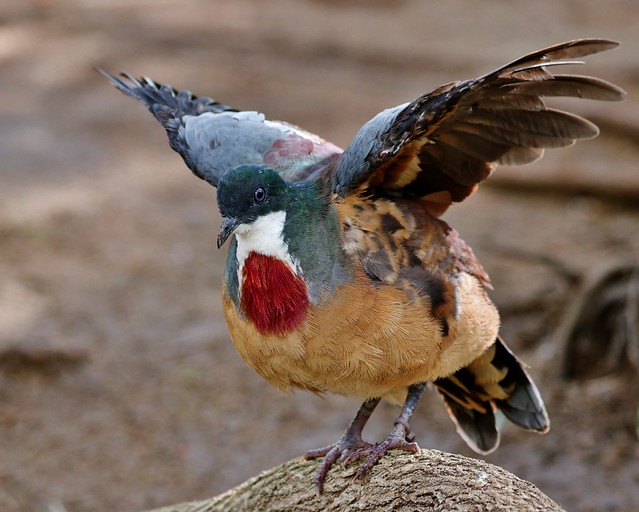
The Mindanao bleeding-heart is listed as vulnerable, with only around 1500-4000 birds living in the wild. Their population has likely diminished due to a near-total loss of lowland forest due to logging and mining. They are also frequently trapped for food and trade.
Are bird populations increasing? The answer in this article here on my site will shock you!
Luzon Bleeding-heart
This bird is named for the island of Luzon, the largest island in the Philippines and the 15th largest in the world.
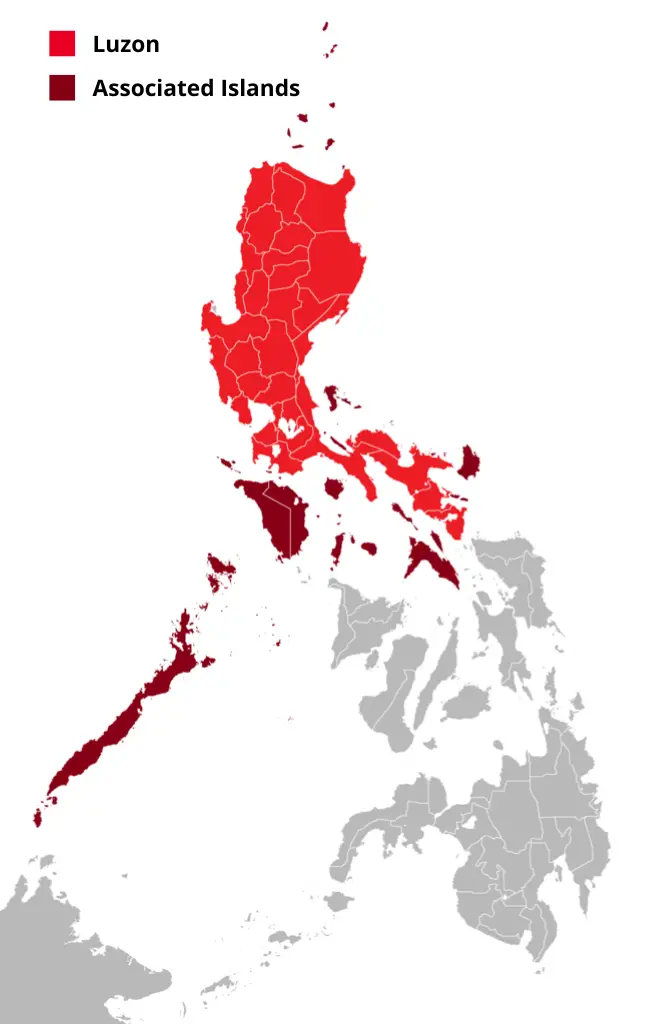
When I first saw an image of this bird, I thought it had been attacked or shot! The red chest patch of the Luzon bleeding-heart is perhaps the most wound-like of all the bleeding hearts. The way the crimson washes out towards the edges causes it to look like a cut that is still bleeding.
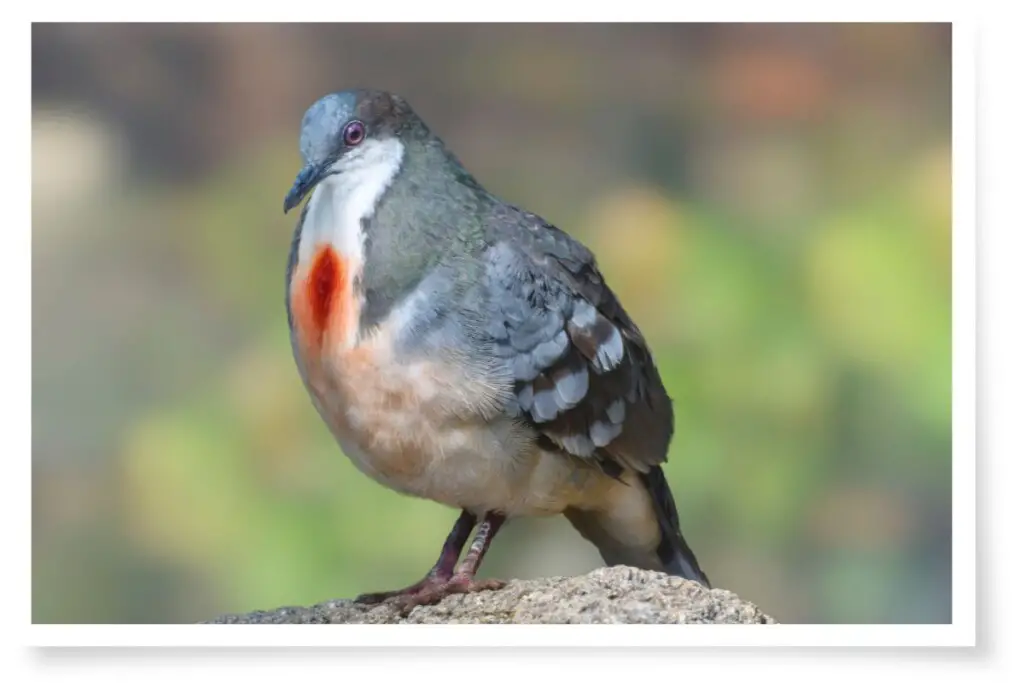
These birds are slightly larger than the Mindanao at around 11-11.8 in. (28–30 cm) in length. Chest wound aside, they are beautiful birds with similar colors to the Mindanao species.
As is the case with many weird or colorful traits of birds, their red chest spots are used in mating displays. Luzon bleeding-hearts will spread their tails, inflate their chests to show off the spot, and then bow before a potential mate.

These birds are sedentary and will only fly short distances if threatened. They seem to have short, stunted wings that are suited for a forest floor dweller.
The Luzon bleeding-heart is listed as near threatened. Their exact population is not known as they are generally shy and uncommon birds. Habitat destruction, hunting, and the pet trade are the main reasons for their vulnerability.
Sulu Bleeding-heart
This species of bleeding-heart is an enigma. Very little is known about them as they are rarely sighted. They are endemic to the island of Tawi-Tawi and their existence is based on rumors and unconfirmed sightings.
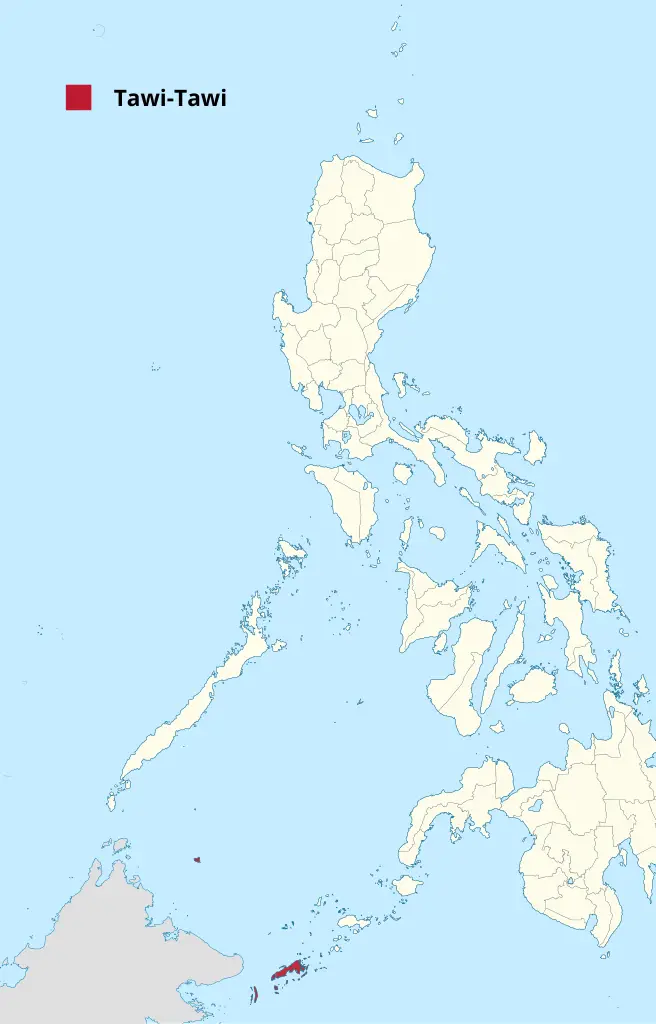
These birds are around 9.8-10.6 in. (25–27 cm) in length. Instead of a deep crimson chest patch, these birds have one that is more bright orange. Their bellies are an ashy gray becoming creamy white further back.
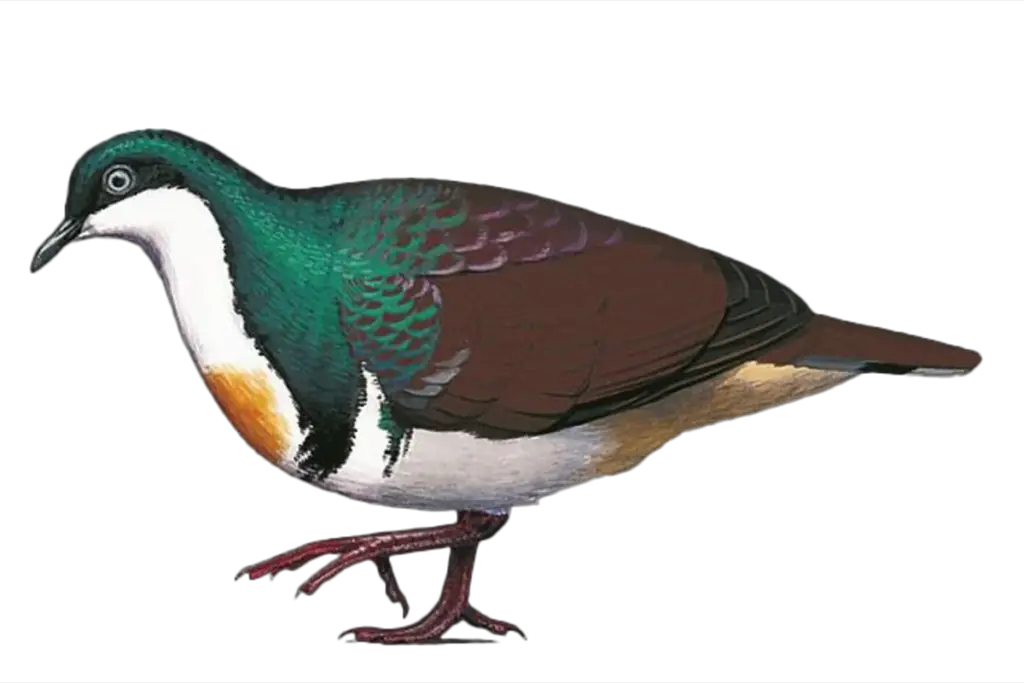
A beautiful iridescent green spreads down the back of their neck and down underneath their breast. They are white underneath the chin and upper chest. They have brown wings and tail feathers.
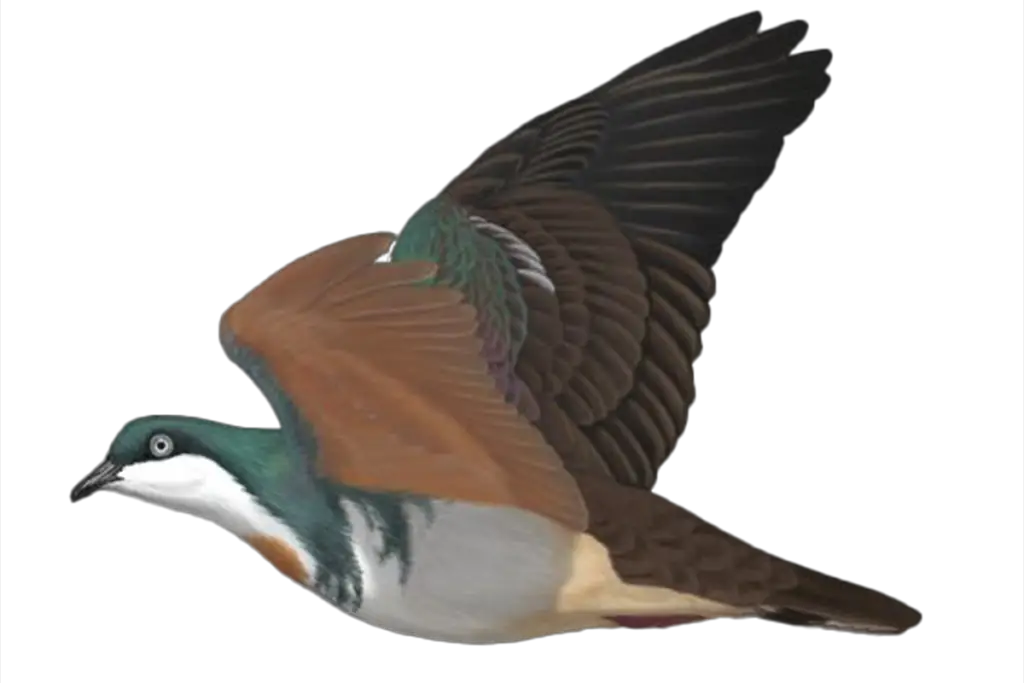
The Sulu bleeding-heart was not seen by researchers during a 22-day visit to the island in December of 1971. It was also not sighted in September of 1991, or 2009. Their forest habitats have since been destroyed so it does not look good for this critically endangered bird.
Though populations continue to dwindle, new species are still being discovered. Read more…
Negros Bleeding-Heart
The Negros bleeding-heart is found on the island of Negros, the 4th largest island in the Philippines. They are also found on the island of Panay.

The chest spots on these birds are blood-red and look like long, thin cuts right down the center of their breasts.

These are the smallest bleeding-hearts at just 9.8-10.2 in. (25–26 cm) in length. They are ground foraging like the other species but may also eat fruit from trees.

The Negros bleeding-hearts are also critically endangered. It is thought that no more than a few hundred birds remain on the two islands, leaving researchers to estimate the population to be around 250 individuals.
Mindoro Bleeding-heart
The last of the five species, the Mindoro bleeding-hearts are found on Mindoro Island located off the southwest coast of Luzon Island. They are around the same size as the Mindanao at between 10.2 and 11.8 in. (26–30 cm).

The chest patch on these birds is the smallest of the species and also orange in color. They are dark gray on their foreheads and iridescent green on the head and neck.
Their upper parts are a rich chestnut shade glossed reddish-purple on the mantle (upper-middle of the back) and back. On the bend of their wings, the feathers are pale gray and dark-spotted. Their tails are gray.
Like all other bleeding-hearts, these birds seem to be sedentary, normally running from danger and only flying in short bursts.
Sadly, Mindoro’s bleeding-hearts are also critically endangered. Their population is estimated to be between 50 and 249 individuals over a 470 km2 range. They are suffering the same threats as the other species such as forest clearance and becoming caught in snares set up to catch ground-dwelling animals for the pet trade.
Conclusion
I hope that reading about the red-chested bleeding-hearts from the Philippines has been eye-opening for you. They are one of the species that make your jaw drop when you first see them. I had to lean in close to the computer monitor to make sure I was seeing what I was seeing!
Neither you nor I may ever get to see one of these amazing birds in the wild, and that is very sad. We have already lost so very many species and it just doesn’t seem to slow. To keep up to date with threatened species, visit the IUCN Redlist website.
References
- Bird information – birdsoftheworld.org.
- Philippine Islands information sourced from Wikipedia.
- Volume 4 of The Handbook Of The Birds Of The World – Internet Archive.

